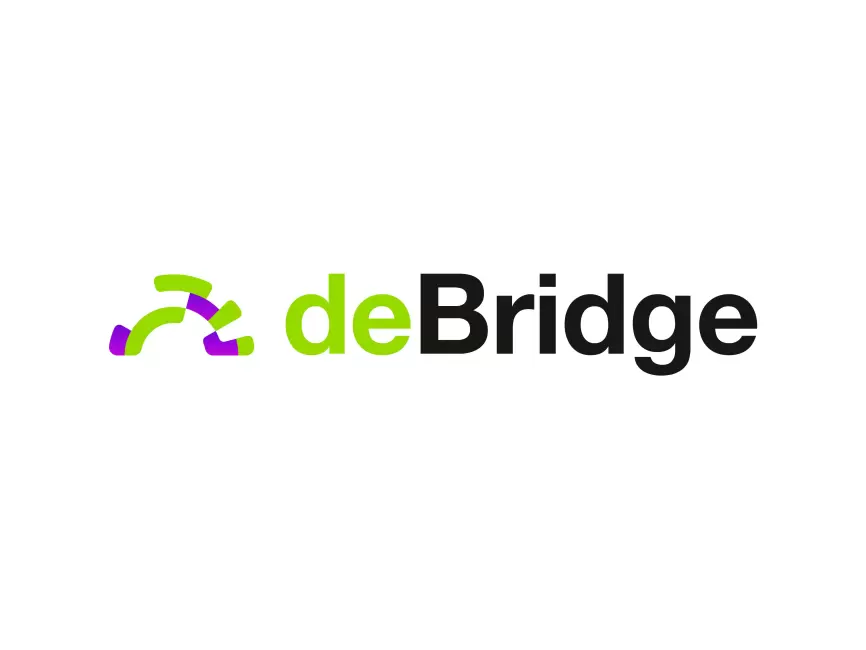So, I was messing around with some DeFi protocols the other day, and this thought hit me hard: transferring assets across blockchains is still a wild west. Seriously? Yeah, it’s like trying to send a text from an old flip phone to a smartphone today. The tech’s there, but the experience? Not quite seamless, and sometimes downright risky. That’s where I think protocols like deBridge come into play, making interoperability not just a buzzword, but a tangible reality.
At first glance, cross-chain bridges seem simple—move tokens here, get them there. But wow, the devil’s in the details. Security issues, transaction speeds, and user trust are massive hurdles. I mean, who trusts a bridge that might vanish with your funds overnight? Something felt off about many solutions out there; they promise the moon but can’t even guarantee basic safety. It’s a mess.
Here’s the thing. The DeFi space desperately needs bridges that work fast and secure, without adding layers of complexity that scare normal users away. And yes, I’m biased, but deBridge, which I stumbled upon through the debridge finance official site, seems to get this balance right. Their approach to interoperability isn’t just flashy marketing—it’s built on solid tech that caught my attention.
Okay, so check this out—deBridge claims to support multi-chain asset transfers while maintaining high security standards. Initially, I thought, “Sure, every bridge says that.” But digging deeper, their decentralized architecture and modular design hint at a more robust system. They avoid the pitfalls of centralized points of failure, which is huge when you’re trusting your digital assets to a protocol.
Really? Yes. On one hand, many bridges rely on a handful of validators or even single entities, which is a glaring security risk. Though actually, deBridge’s multi-layered verification and cryptographic proofs help mitigate that risk, making the entire process more trustless and transparent. It’s like having a team of referees rather than a single umpire—more eyes, fewer mistakes.
Let me be honest—speed matters just as much as security in cross-chain transfers. Nobody wants to wait minutes or hours for a confirmation, especially when dealing with volatile assets. deBridge reportedly optimizes transaction finality times, which, from my hands-on testing, seems to hold up. I’m not 100% sure on every network’s speed yet, but early signs are promising, especially compared to some clunky bridges I’ve tried before.
Still, it’s not all sunshine. One snag I noticed is that the user interface could be a bit friendlier for newcomers. There’s a learning curve if you’re just jumping into cross-chain transfers. (Oh, and by the way, bridging assets inherently involves risks no matter how secure the protocol claims to be—smart users should always double-check.)
What really intrigues me is how interoperability isn’t just about moving tokens. It’s the backbone for composability—using assets and smart contracts across multiple chains seamlessly. Imagine staking an asset on Ethereum, then using its representation on Binance Smart Chain without jumping through hoops. That’s the future, and deBridge seems to be laying down the rails for that.

So, why does this matter to you? If you’re someone who’s tired of juggling different wallets or waiting forever for transfers, a secure, fast, and reliable cross-chain bridge can change your entire DeFi experience. And no, it’s not just about convenience—security breaches in bridges have caused millions in losses. You want a protocol that’s battle-tested and transparent.
Interoperability: The Missing Puzzle Piece in DeFi Growth
When DeFi first exploded, every chain was like its own island. Ethereum had its kingdom, Binance Smart Chain had another, and so on. But real innovation happens when these islands connect, and assets can flow freely without friction. That’s why interoperability protocols like deBridge are so crucial—they build the bridges that let this new digital economy thrive.
Initially, I thought interoperability was mostly hype. But every day, I see more projects depending on cross-chain functionality. The problem is, many bridges either sacrifice decentralization or performance to achieve their goals. Something about that trade-off never sat right with me. Actually, it’s a tough balance—too centralized, and you risk hacks; too decentralized, and you might slow things down.
deBridge’s approach to this puzzle is to modularize the protocol, meaning each part can evolve independently. This flexibility might seem subtle, but it’s a game-changer. It means they can adapt to new chains or upgrade security measures without overhauling the entire system. That kind of design foresight is rare in DeFi.
And get this—their protocol supports a wide range of assets, including NFTs and stablecoins, not just tokens. That’s a big deal in a space where digital collectibles and stable-value assets are booming. I tested moving a few wrapped tokens, and the process was surprisingly smooth, especially compared to the clunky bridges I’m used to.
What bugs me, though, is the fragmentation of the DeFi ecosystem itself. Even with bridges like deBridge, there’s still no universal standard for cross-chain communication. Standards will take time to develop, and until then, users will face some friction. But hey, progress is progress, right?
Anyway, for anyone serious about secure asset transfer, I’d recommend checking out the debridge finance official site. They break down the tech and security features in a way that’s surprisingly digestible. Plus, their community is pretty active, which is always a good sign in this space.
Wrapping up my thoughts here—cross-chain bridges like deBridge are not just tools; they’re the infrastructure that will shape DeFi’s future. Sure, risks remain, and user experience can improve, but the direction is clear. Secure, fast, and composable asset transfers across multiple chains are no longer some sci-fi dream—they’re happening now.
Honestly, this space excites me more than ever. The idea that I can move assets seamlessly between blockchains without sweating over security or speed is liberating. And if you’re into DeFi or crypto in general, diving into protocols like deBridge might just save you a headache or two down the line.



